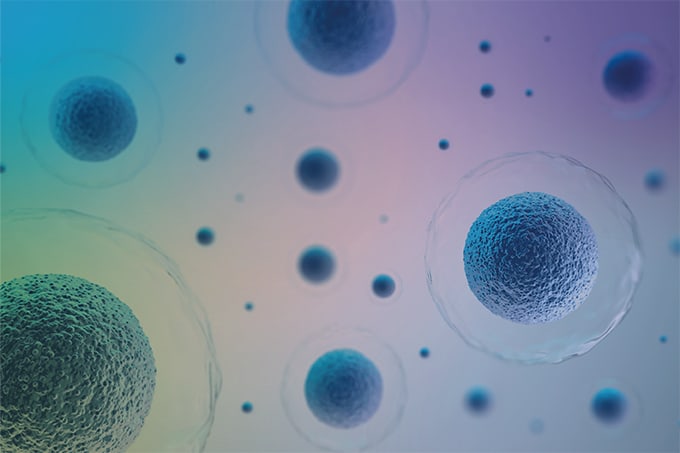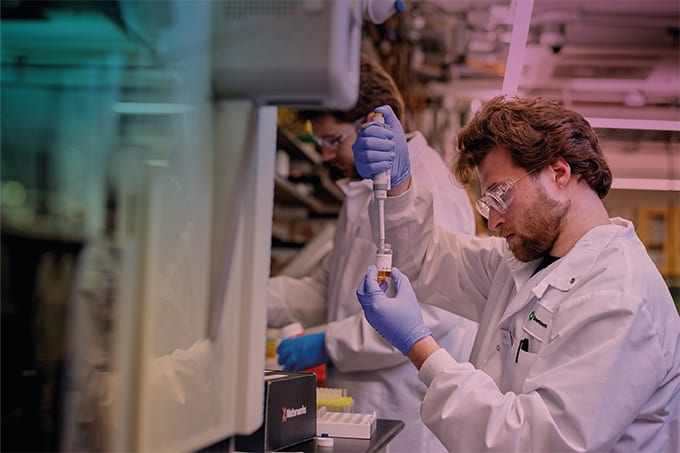A new article from Malvern Instruments explores how including light scattering as part of a multi-detector Size Exclusion Chromatography (SEC) system delivers accurate molecular weight (MW) measurement when assessing the activity, safety and clinical efficacy of therapeutic proteins. Light scattering detection enables the generation of absolute MW data without external calibration.
Key Points:
- Size Exclusion Chromatography (SEC) is widely used to measure protein molecular weight (MW) data during R&D for biological materials, and for final product QC.
- Accurate measurements of MW are essential in determining protein activity, product safety and for clinical efficacy studies.
- The use of a light scattering detector in SEC, as part of a triple detector array, provides absolute MW data without calibration, improving the accuracy and reliability of MW measurements, relative to a single detector system.
| >> Download the full article for FREE |
Malvern provides the materials and biophysical characterization technology and expertise that enables scientists and engineers to investigate, understand and control the properties of dispersed systems. These systems range from proteins and polymers in solution, particle and nanoparticle suspensions and emulsions, through to sprays and aerosols, industrial bulk powders and high concentration slurries. Used at all stages of research, development and manufacturing, Malvern’s instruments provide critical information that helps accelerate research and product development, enhance and maintain product quality and optimize process efficiency. Our products reflect Malvern’s drive to exploit the latest technological innovations. They are used by both industry and academia, in sectors ranging from pharmaceuticals and biopharmaceuticals to bulk chemicals, cement, plastics and polymers, energy and the environment. Malvern systems are used to measure particle size, particle shape, zeta potential, protein charge, molecular weight, mass, size and conformation, rheological properties and for chemical identification, advancing the understanding of dispersed systems across many different industries and applications. www.malvern.com Material relationships http://www.malvern.com/en/ portal@malvern.com






